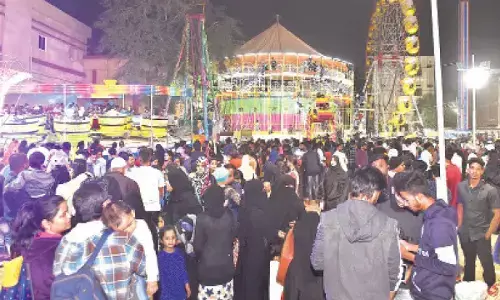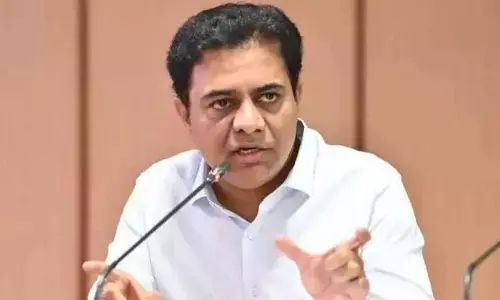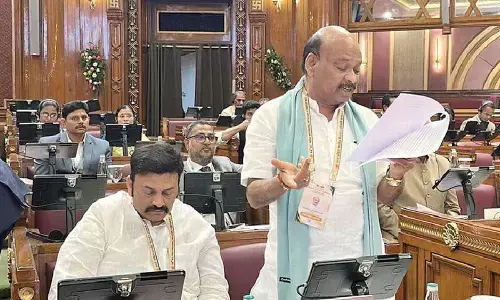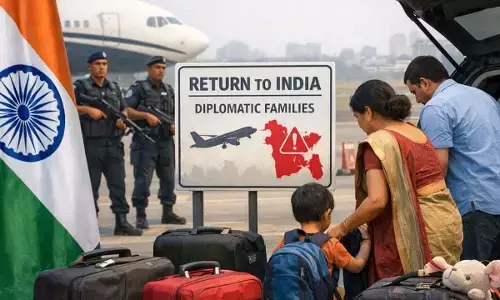Quit India movement

Quit India movement was launched by Mahatma Gandhi On 8th August 1942, for freedom from British rule in Bombay. It is also known as the August Movement which was a Civil disobedience movement launched by him with Satyagraha. The main aim of the movement was India’s freedom and it was accompanied by a mass protest on non-violent lines, in which Gandhi called for an orderly British withdrawal from India. With his passionate speeches,
Quit India movement was launched by Mahatma Gandhi On 8th August 1942, for freedom from British rule in Bombay. It is also known as the August Movement which was a Civil disobedience movement launched by him with Satyagraha. The main aim of the movement was India’s freedom and it was accompanied by a mass protest on non-violent lines, in which Gandhi called for an orderly British withdrawal from India. With his passionate speeches, Gandhi asked people to participate in the movement who desired the freedom of the country.
Gandhi also coined slogan Do or Die on the day Quit India Movement was declared. The British were prepared for this massive uprising and within a few hours of Gandhi’s speech, most of the Indian National Congress leaders were swiftly arrested; most of whom had to spend the next three years in jail, until World War II ended. During this time the British deriving heavy support from the Viceroy’s Council, Muslims, the Communist Party, princely states, the Indian Army and the Civil Services.
Most Indian businessmen were experienced profits due to wartime spending and hence did not support the Quit India Movement. Most students were drawn towards Subhas Chandra Bose who was in exile and the only support India got from outside the country was from American President Franklin D. Roosevelt, who compelled the then British Prime Minister Winston Churchill to agree to the demands of the Indians. But the British refused to do so and said that this would only be possible when World War II ended.

Isolated incidents of violence broke out around the country, but the British acted quickly and arrested thousands of people and kept them in jail till 1945. Apart from filling up jails with rebellious leaders, the British also went ahead and abolished civil rights, freedom of speech and freedom of press. The reason why it was so easy for the British to crush the Quit India Movement was because of a weak coordination and no clear cut plan of action.
Though despite of its flaws, the Quit India Movement remains significant because it was during this movement that the British realised that they would not be able to govern India successfully in the long run and began to think of ways they could exit the country in a peaceful and dignified manner.1939 saw the outbreak of World War II, following which Britain went to war with Germany. Since India was an important part of the British Empire, India also became part of the war.
On October 10, 1939 the Congress Working Committee declared it’s unhappiness regarding the hostile activities taking place in Germany and announced that India refused to be a part of the war because it was against fascism. On October 17, 1939 the Viceroy released a statement in which he announced that the reason Britain was waging a war was to restore peace in the world. He also promised that once the war ended, the government would amend the Act of 1935 which included a provision of the establishment of a “Federation of India” which would be made up of British India and some or all of the princely states.
Simultaneously, important political changes were taking place in England. Churchill came to power as the Prime Minister and being a conservative, he was not moved by the demands of the Indians. Following the rejection of the demands made by the Congress and the large scale dissatisfaction that was prevailed across the country, Gandhi decided to launch the Civil Disobedience Movement.
Gandhi used his weapons of Satyagraha and non-violence against the British and chose his follower Vinoba Bhave to start the movement. Satyagrahis across the country made passionate speeches urging people not to support the war. This was immediately followed by the arrest of around 14,000 Satyagrahis. The failure of the Cripps Mission was another event which lead to the failure of the Quit India Movement. On March 22, the British Government sent Sir Stafford Cripps to have a dialogue with Indian political parties seeking their support in the war that Britain was waging in Europe.
A Draft Declaration of the British Government was offered to India, which included the establishment of a dominion, the establishment of a constituent assembly and the rights of provinces to make separate constitutions. All this would however be granted at the end of the war. The Congress was not happy with these future promises. Other factors which led to the Quit India Movement was the fear of Japan attacking India, terror in East Bengal and the fact that India had realised that the British could not defend the country anymore.
One of the greatest achievements of the Quit India Movement was that it kept the Congress Party united all through these challenging times. The British dismayed by the Japanese Army advancing towards the Indian-Burma border arrested Gandhi and all members of the party’s working committee. The Congress Party was further banned by the British. Large protests took place all across the country. Despite Gandhi’s mantra of non-violence not all protests were peaceful.
The British responded to this by mass arrests and public flogging. Hundreds of innocent people died in this violence and the Congress leadership was cut off from the rest of the world till the war was over. Despite his failing health and the demise of his wife, Gandhi who was in prison, took on a 21 day fast. The British released Gandhi due to his ill health, but Gandhi continued his opposition and demanded the release of the Congress leaders who were also in prison.
By 1944, even though the Congress leaders had not been released, peace was restored to India. Many nationalists were disappointed that the Quit India Movement had failed. The Congress Party in turn faced severe criticism from Muhammad Ali Jinnah, the leader of the All India Muslim League and the Communist Party on the failure of the movement.
Highlights
- It was started by Mahatma Gandhi in year 1942
- British derived heavy support from the Viceroy’s Council, Muslims, the Communist Party, princely states, the Indian Army and the Civil Services.
- The only support India got from outside the country was from American President Franklin D. Roosevelt.
- Congress Working Committee declared its unhappiness in participating in World War II.
- Do or Die slogan was coined during Quit India Movement.
- Satyagrahis like Vinoba Bhave urged public not to support war.
- British could control Quit India movement because of weak coordination and lack of clear cut plans.

















